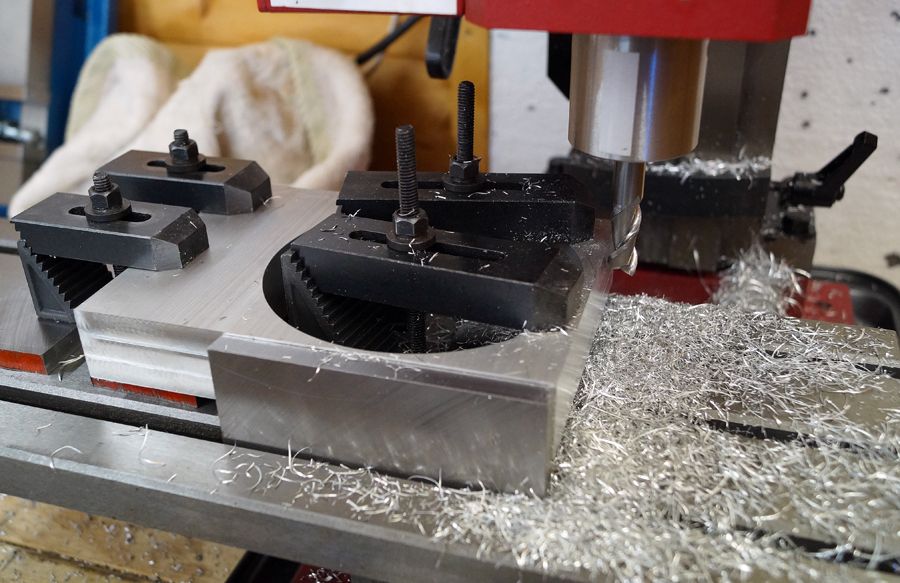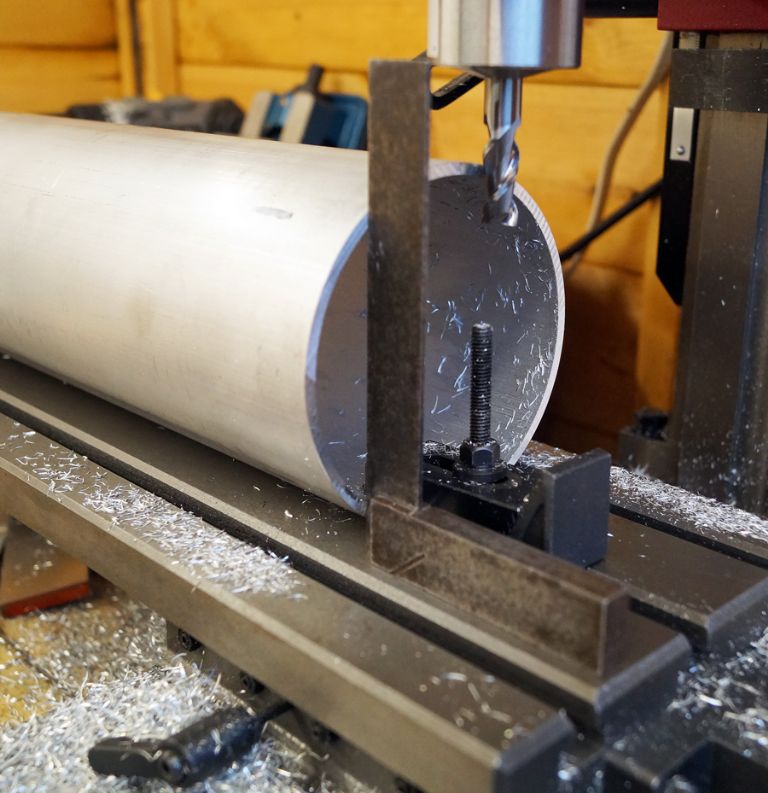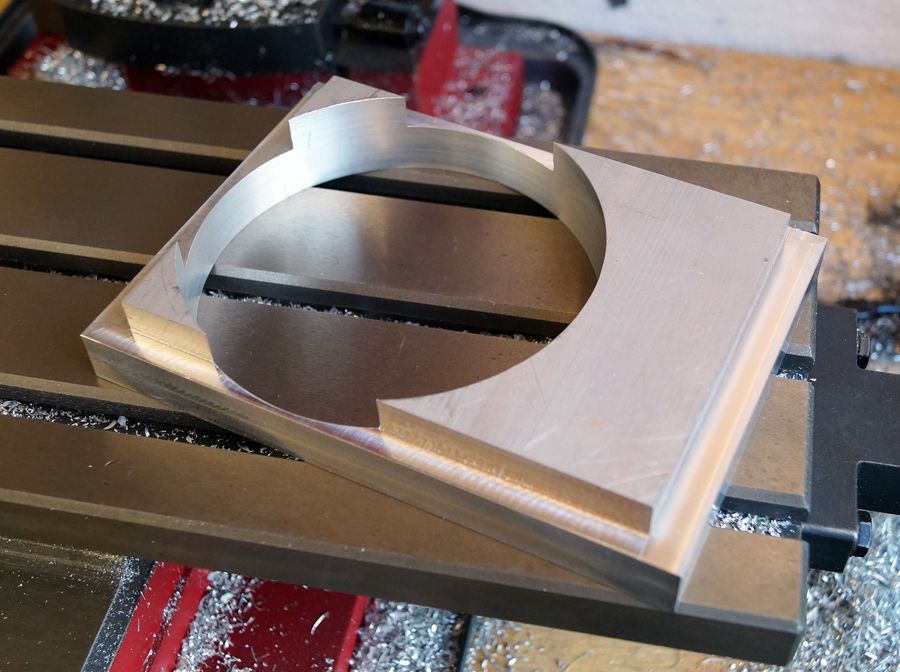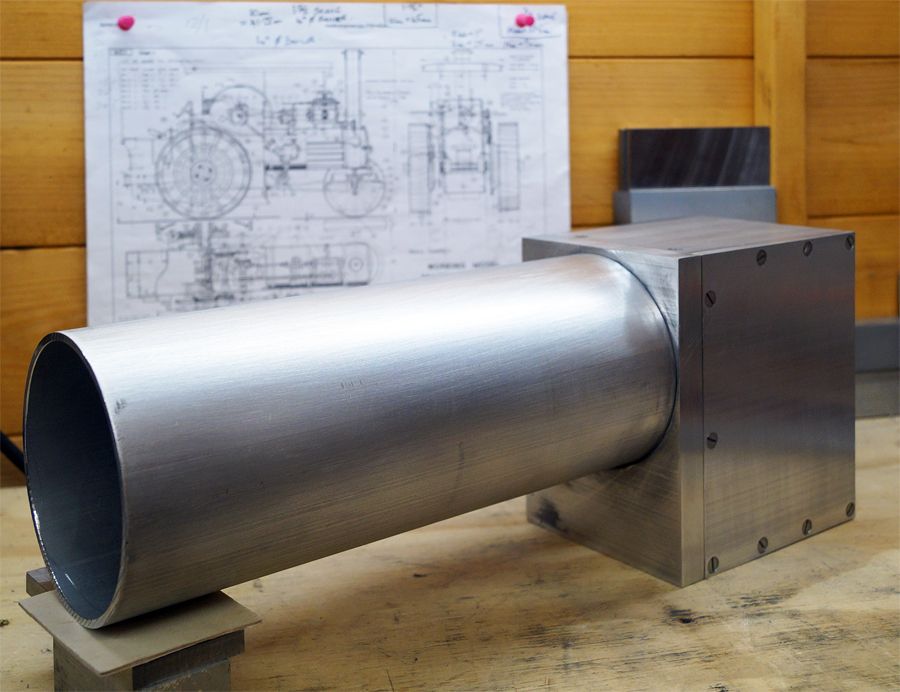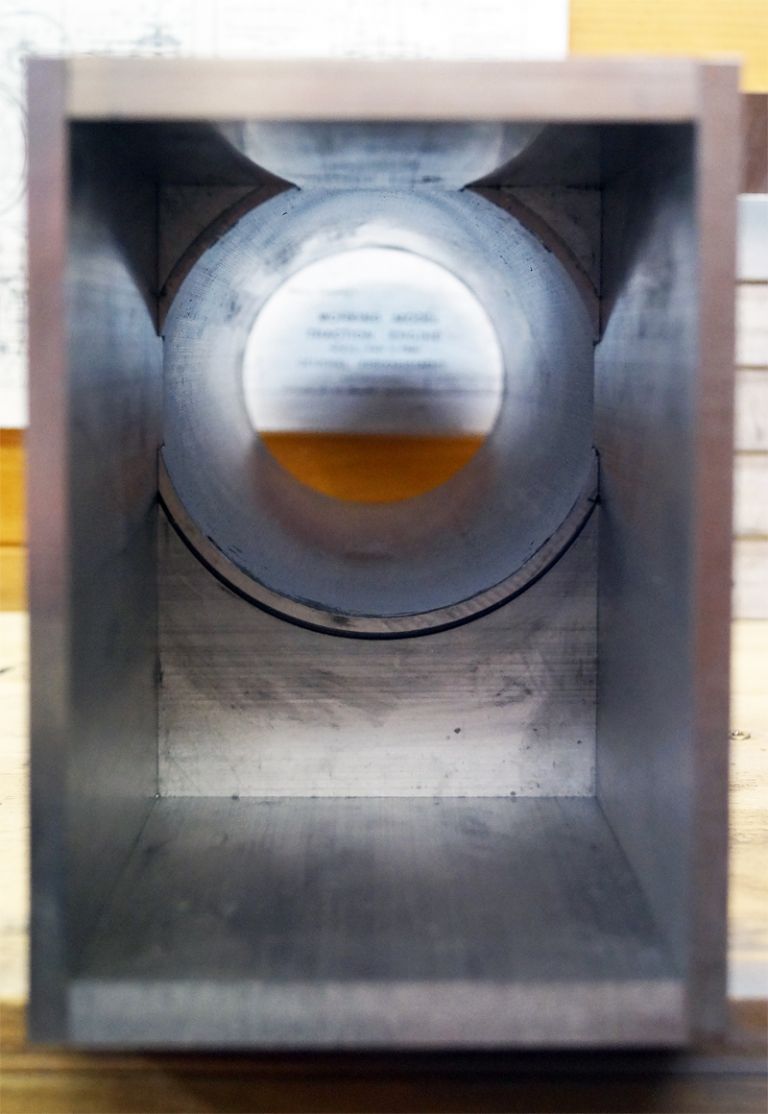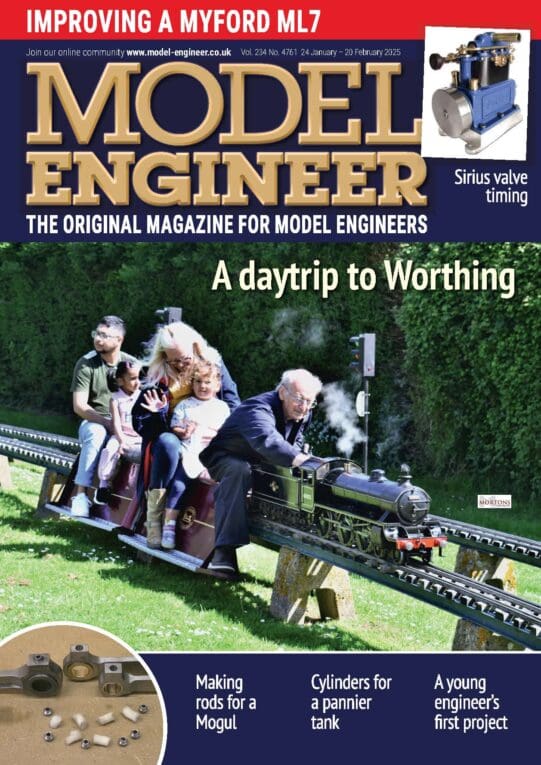Posted by Ron Laden on 08/11/2018 08:08:39:
Posted by Neil Wyatt on 07/11/2018 21:54:07:
Is there a burning need for it to be 12 swg? If so you will probably end up paying for them to be surface ground which is probably OTT.
If you can use 3mm and make other components a touch smaller…
Hi Neil, I have found some 12swg since posting, a bit more than I wanted to pay but its not too bad. No it doesnt have to be exactly 12swg, 2.5mm would have done but I cant find any.
Ron
Part of the "fun" in taking up this hobby is finding out about materials – their properties, standard sizes, and where to buy them. (Or not!)
Ron mentioned in other posts his discovery that DP Gears are more expensive than Module, and that some BA screw are hard to find. In this thread sourcing 12 gauge sheet was a problem.
The issue is that Metric has been progressively replacing Imperial stock in the UK since 1965. Since then stock availability has got ever more complicated. Many Imperial stock sizes are now 'Unobtainium' or can only be found as 'New Old Stock'. Although certain items are still made, as a whole the Imperial system is declining.
For the imperial minded hobbyist this move isn't necessarily bad news, for example industry's shift to metrication resulted in many unworn Imperial machines being dumped on the market at bargain prices. But metrication is causing trouble by progressively reducing the availability of once common stock sizes. Also – in some cases – prices rise because the market for imperial stock is shrinking and storage is expensive.
Some examples:
- Pre-war Whitworth head sizes – almost unobtainable.
- Post-war Whitworth – difficult to source – most sizes discontinued. Costly.
- SWG Magnet Wire – not difficult but easier to find metric.
- BA Screws – moderately difficult, premiums, many sizes missing, plus range of head types much reduced compared with pre-1970.
- Steel plate in gauge sizes – reduced range, higher prices. Some sizes disappeared.
- DP Gears – premium prices
Entering the hobby in 1960, it would have been unwise to go metric because most of what was available at reasonable cost was Imperial. Premium prices were paid for Metric stock and metric tools and stock were difficult to source.
It's taken a long time, but today the position has almost reversed. I suggest anyone entering the hobby today should think carefully before setting up an Imperial workshop and committing to Imperial fasteners and Imperial metal sizes. Lots of exceptions of course but I'd say the balance of advantage in the UK now lies with metric. Good reasons for not going metric:
- A workshop full of Imperial kit with matching junk box.
- A lifetime of experience working in Imperial measure. (Old dogs don't learn new tricks.)
- Building to Imperial Plans or scaling down models from Imperial prototypes
- You live in the USA or Liberia
- Many jobs can be done in either system, but mostly what you do – like restoration work – is imperial.
I'm surprised Ron couldn't find 2.5mm steel sheet because it's a standard size. However, I may have an explanation. Although I'm lucky enough to have a local metal stockist prepared to sell small quantities I've found many mysterious gaps in what he sells. I asked the manager. Apparently he stocks to meet regular business demand and retails only from what's in the racks. He doesn't stock metal or sizes unless there's profit in it. Anything unusual is got in specially and has a hefty minimum order, perhaps a ton or more. I think such limitations are typical of small and medium sized stockists. Good news – if you need anything your local outlets don't have on the shelf then the internet is your friend!
Dave
Edited By SillyOldDuffer on 08/11/2018 11:09:22
Ron Laden.


